An interview with Claudio Abarca Sandoval - Documenting unrest amidst Chile’s groundbreaking elections.
“I have hope that we can be the spark.” Chile Protests: Claudio Abarca Sandoval.
As part of our short Protest series, hear about the movement and the antigovernmental movement first hand as we talk to some of our photographers that attended and stood side by side with those wanting more from their country leaders.
It started with the rise in Subway fare costs in Santiago’s Metro station, but the mass protests which began in 2019 were long overdue. Increased corruption, high cost of living, privatization and neoliberal politics along with vast inequality, have brought on violent demonstrations that not only imprisoned and took the lives of civilians, but also opened a window to reform Chile’s constitution which was established by the Pinochet dictatorship in the 1980’s.
Needless to say, the people have spoken. 1.2 million rushed into the streets in October of 2019 and the unrest has not stopped. Exactly one year later, Chileans took to the polls with a 51 percent voter turnout — 78.28 percent of which in favor of a new constitution which will be formed by 155 elected delegates; half are women and 17 represent indigenous groups. Among them: left wing, right wing, lawyers, teachers, a housewife, scientists, social workers, and journalists who will have nine months to come up with a new constitution for Chile to be approved in a national vote next year.
“To keep alive the memory of the people who fought for what is right, spread this message to the world — hope is the last thing to be lost. To let our future generations know that there were people here who fought for a better future for themselves.” That is what Chilean photojournalist Claudio Abarca Sandoval hopes to achieve with his photography. IMAGO spoke to him about his work documenting the protests in Santiago.
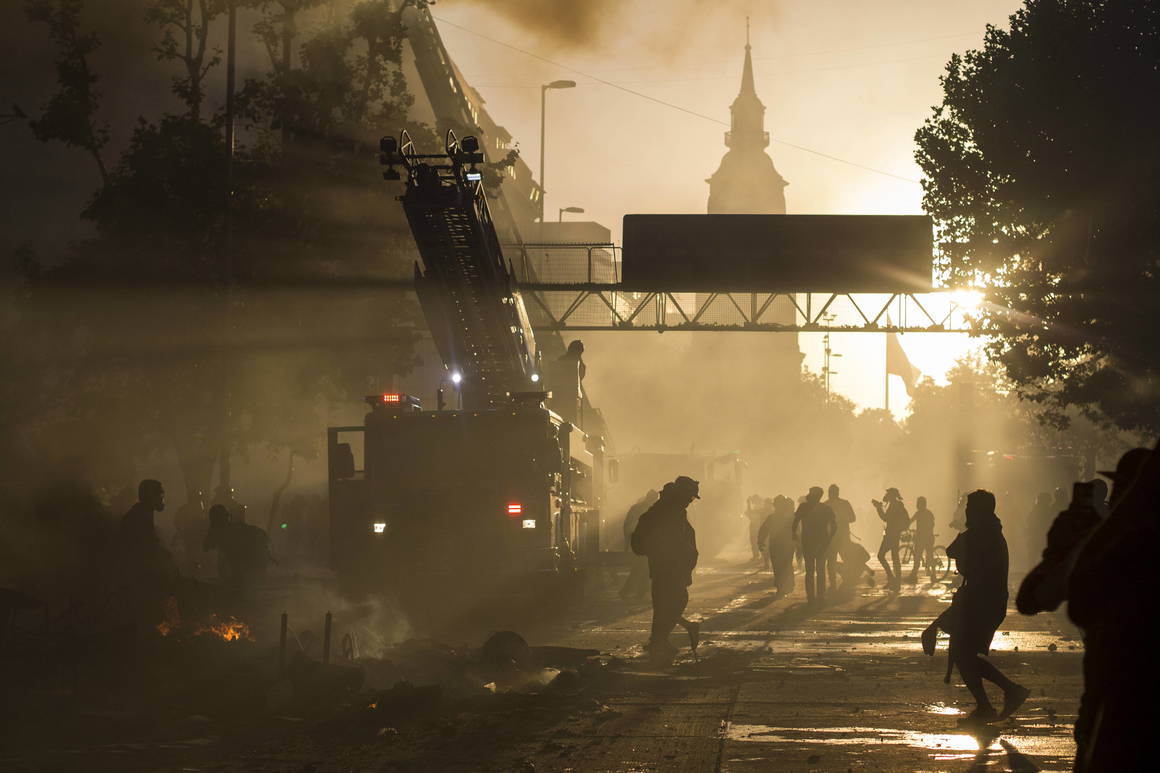
Can you please describe the atmosphere around the city over the last 2 years? How has it evolved with the pandemic and elections?
The rupture between citizens, the political class and the institutions has become very evident. A new increase in metro tickets on October 18, 2019 added to the high cost of living, which seems to increase considerably year after year. In a country where the minimum wage is $337,000 Chilean pesos (something like 429 dollars, and not exempt from tax), many describe it as a country with European prices and Latin-American wages.
Everything seems to work very well for those who generate wealth and very badly for those who do not manage to adapt to this system, which practically forces the middle class to live in debt in order to survive, since in Chile they charge excessively for all basic services (health, education, food, water, electricity, transport, etc.) All these services are controlled by private companies, which profit exorbitantly from the basics that people need to live, protected by the political class that creates laws in favor of the multimillionaire businessmen, to the detriment of ordinary working people, under the veil of the current constitution.
After the social outbreak, the distance between social classes was notorious. In the city you could see this break, the upper and wealthy neighborhoods were guarded by thousands of military troops (including tanks). In the lower neighborhoods there were also the military and the tanks, but they were repressing people during the (often peaceful) demonstrations. With the arrival of the Covid19 virus, the protests and demonstrations were rapidly on the decline, the restrictive measures were applied to a large extent to the middle and lower social strata, while in the upper neighborhoods there were surprisingly massive parties, trips abroad, social life and the apparent normality they enjoyed and shared on social networks.
President Sebastián Piñera himself was caught on more than one occasion, breaking the measures imposed by the health authorities, when all commerce and the city was completely quarantined and many people without work were demanding help from the government.
The protests at some point were so intense and strong that not even strong police and military repression could quell the people’s cry for a dignified life for all. As a result, the president had to call a plebiscite to approve or reject a new political constitution for the country. He won with 80 percent approval, and subsequently, as a result of the break with the political parties, a large number of independents were elected as members of the Constitutional Convention.
The atmosphere in Santiago and Chile in general is one of great hope for the transformations that this country needs. There is also some uncertainty about how the 155 elected representatives of the people will come to a common agreement to draft a new political constitution that includes all the changes necessary to guarantee a dignified life.

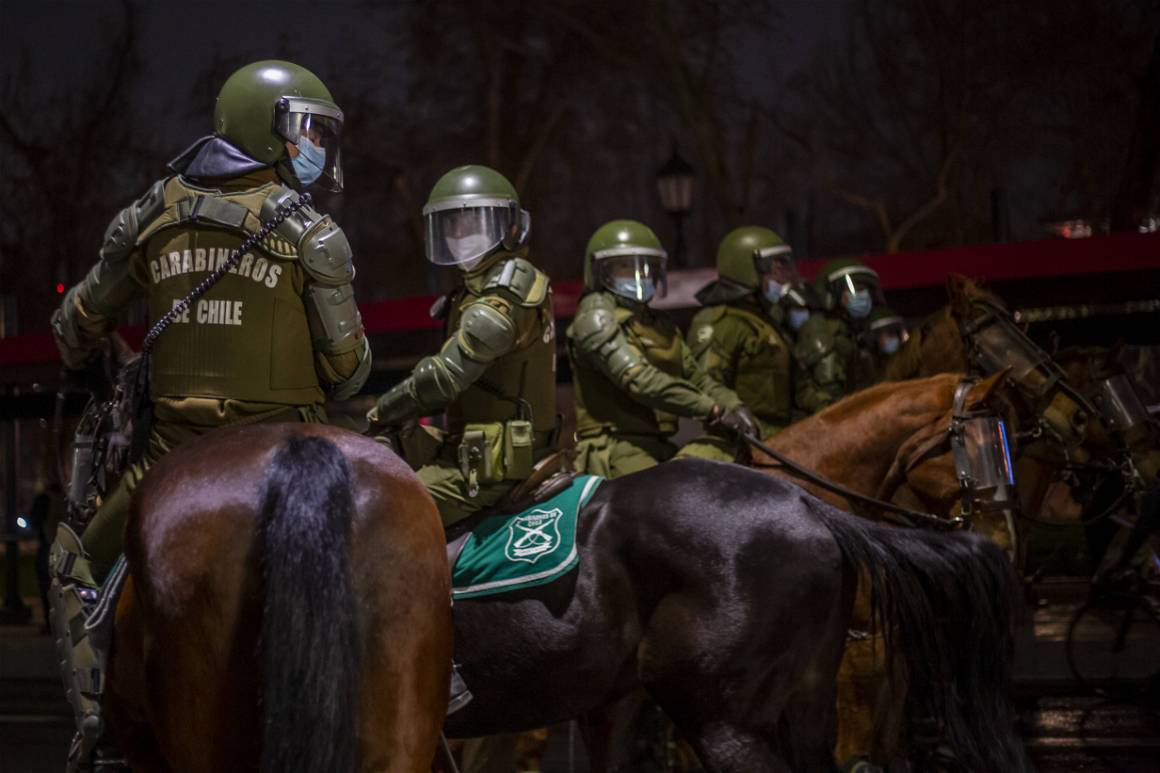
Being a photojournalist, what were the challenges you faced documenting the protests?
Not since the civil-military dictatorship by Pinochet in Chile, had there been a cry for revolution as great as the social outburst of October 2019. So when the military was taken to the streets to contain the protests, the collective memory almost unconsciously recalled the horrors of the times of the dictatorship, perpetrated by the armed forces against civilians.
There were many challenges I had to face in each coverage, but on reflection, I think the most difficult challenge as a photojournalist is having to convince our family and friends that, despite the risk of taking photos in a violent environment, we will be safe. Especially when there are news reports of injured, maimed and beaten people. It is very difficult to keep our people calm knowing that you are practically in the middle of it all, and even worse, documenting it.
As the days went by, things got worse for us photographers, as the police attacked us, damaging many colleagues, many pieces of photographic equipment. In addition, fatigue, the long days on the streets next to the barricades, the heat or the cold, the thirst and hunger.
I think the most difficult thing is to stay calm, to have a certain amount of prudence when working in a hostile situation, to manage our impulses and our fears in order to get a good photo reportage and at the same time return home safe and sound.
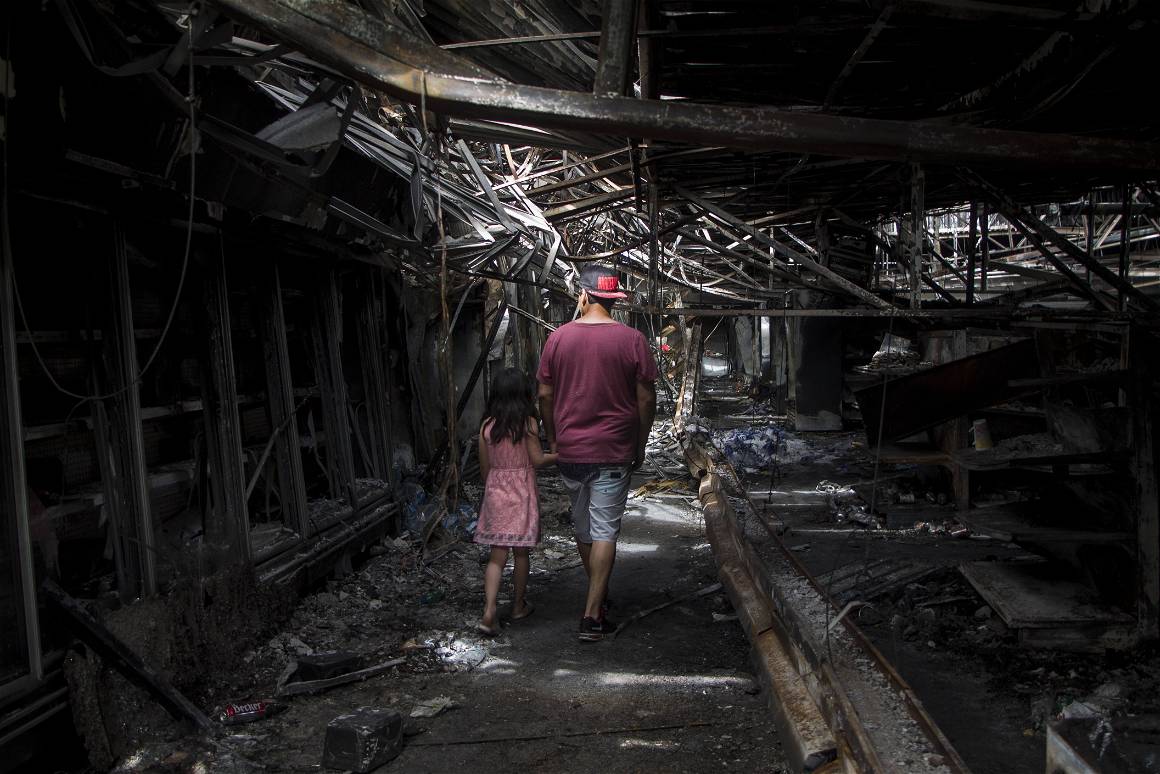
Many are calling for pardons on the imprisoned protestors and there have been reports of human rights violations by police including eye-mutilation and sexual assault. Can you tell me more about the interactions between police and protesters that have stood out to you?
By declaring a state of emergency and bringing the military into the streets to contain the protests, Sebastián Piñera declares: We are in a war against a powerful enemy.
Some time after the first human rights violations during the social outbreak, a video of the director general of carabineros (Chilean police) was leaked, declaring to his officers that he would not dismiss any police officer for their actions during the social uprising.
They always act with a lot of violence, without distinction between peaceful and violent demonstrations, without distinction of the age of the demonstrators. During the social uprising, it was common to see the riot police firing their shotguns at the demonstrators’ faces, the same with tear gas bombs. There are many photos and videos where you can see how they smile while shooting at people, how they mock and enjoy repressing. In my work I show a lot of the way in which the demonstrators confronted the police, they did it with stones and sticks, when there was a lot of intensity the Molotov cocktails appeared.
On one day of demonstration, a person died after inhaling a lot of tear gas and the volunteer doctors and ambulance were repressed by the police water car, which prevented them from saving the protester’s life. There are more than 500 victims of eye trauma at the hands of the police, who lost one or both eyes just because they were present at a demonstration while the police were lashing out.
Personally, I have a great photographer friend, who after receiving a stream of chemical-laced water shot directly into his face by a police car, lost one of his eyes and has a large burn on his face. A total of 8,581 court cases were initially brought for human rights violations by the police, of which 46% of the cases (3,050) have already been closed without being formalized. One of the first agreements in the human rights convention of the constituent convention speaks of a re-foundation of the Chilean police (carabineros).

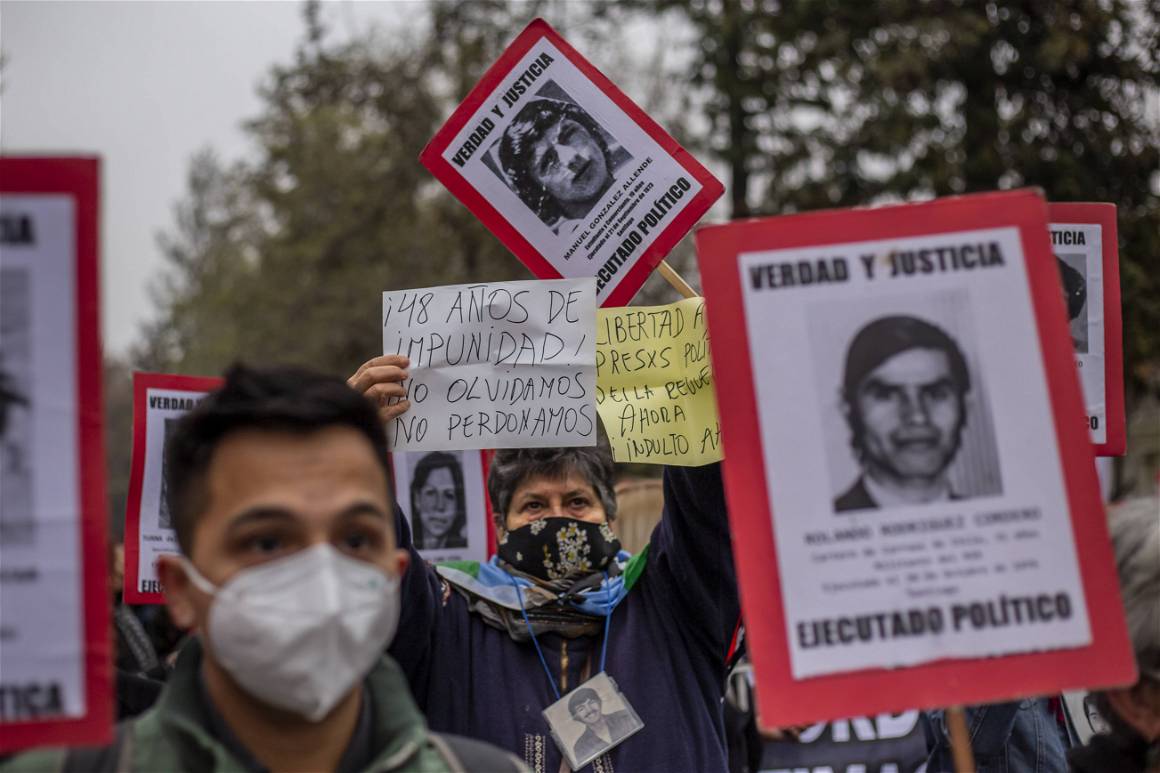
This is one of the most important moments in Chile since the times of Pinochet. What do you hope to achieve with your photography?
I hope to be able to contribute to the documentary, memory and history of my country. I was born and raised in Santiago, Chile. I come from a family of hard work, it has been hard for us to get ahead. That’s why I know how hard it is for ordinary people in Chile to get ahead. This is a very beautiful country, with very persevering and hard-working people, very supportive people who never hesitate to help others. Unfortunately we have been subjected to an unequal and corrupt system that pushes people to live in precariousness while a few become richer and richer every day.
I want to leave behind the legacy of people who gave their lives and souls in a struggle against inequality, tyranny and abuse. To give a little hope to the world, to make known even more, that the people in a narrow country in Latinamérica have given their lives for a better, more just, more humane world.
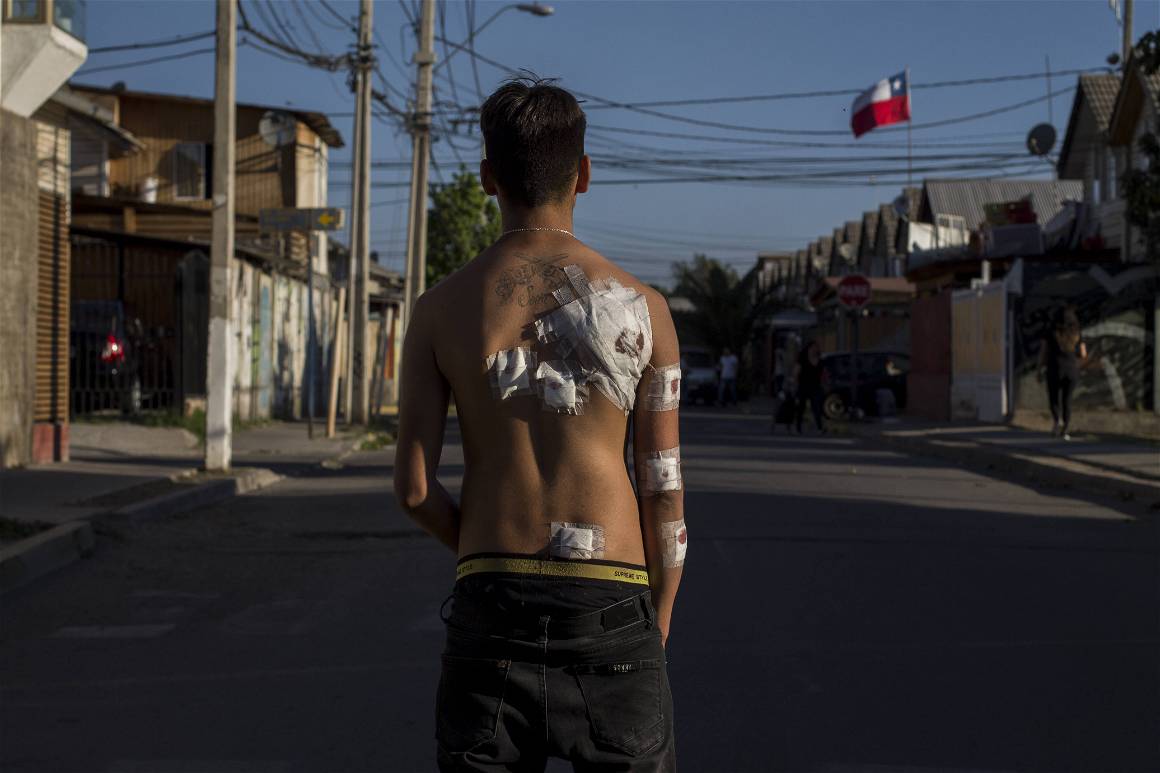

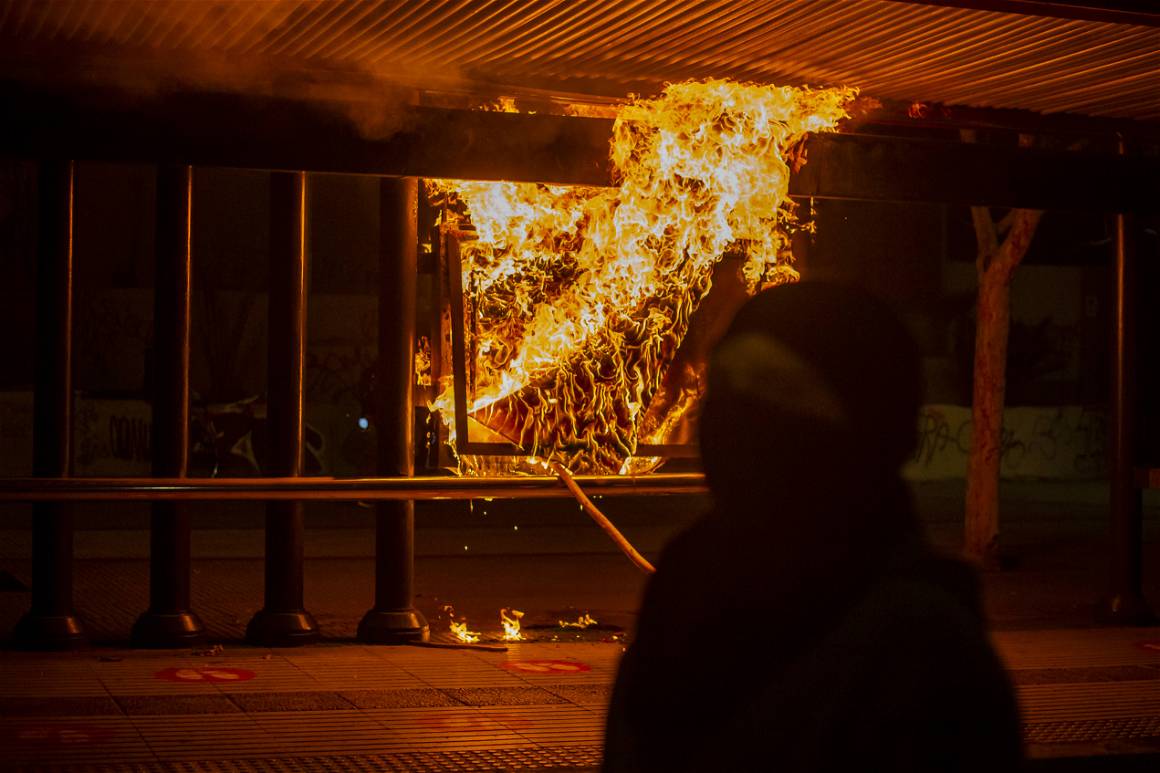
Are you hopeful for the future of Chile?
I have always had hope, but not only for Chile. This is a battle that everyone must fight, against oppression, tyranny, inequality and corruption. I have hope that we can be the spark that the world needs to open its eyes, that oppression no longer leads to anything.
When I was younger, I always hoped to see the fall of everything that was forcibly established for us, and to be part of those changes. I never thought I would experience it so closely, let alone with such a beautiful profession as photojournalism. What I most appreciated about the social outbreak was the comradeship that I witnessed and that the people made me part of. I was always well received, they always looked after the photographers and above all they were grateful for our presence, as a way of combating censorship and showing what was really required.
I thank the media, who faithfully showed what was happening, and did not become complicit in the silence while the whole of Chile screamed, and every comrade photographer for his or her work over the last 30 years of struggle for justice.
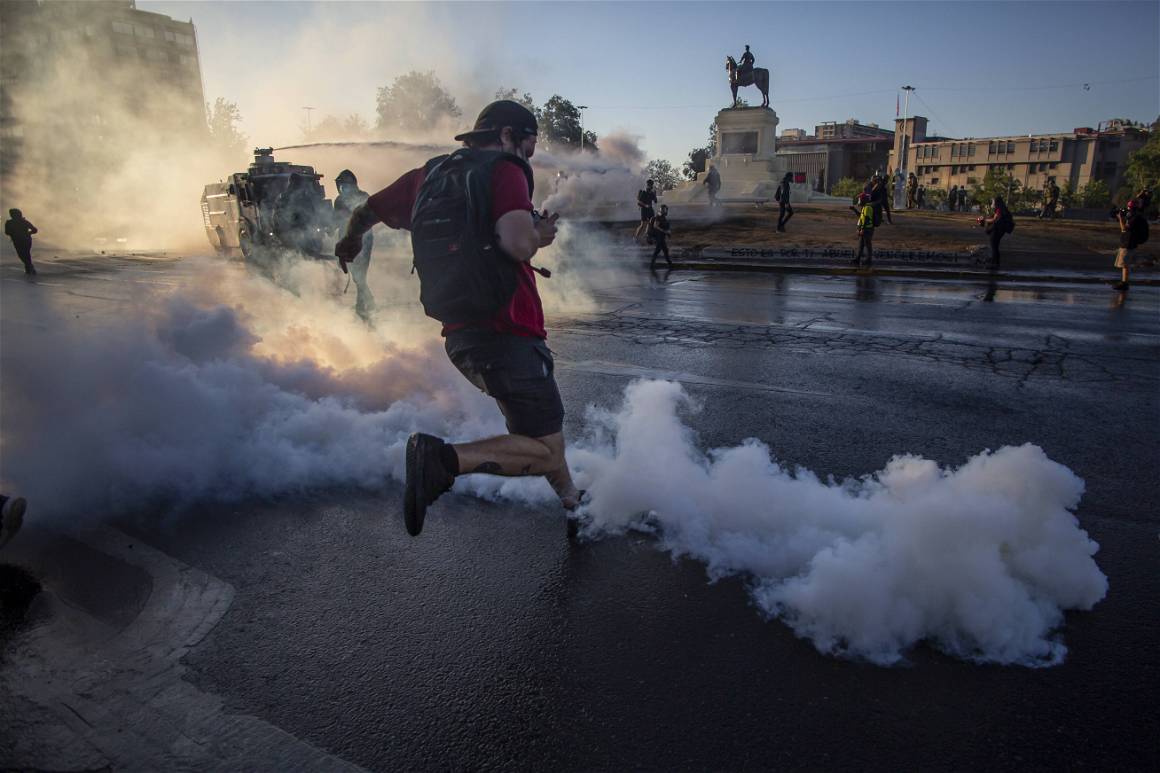

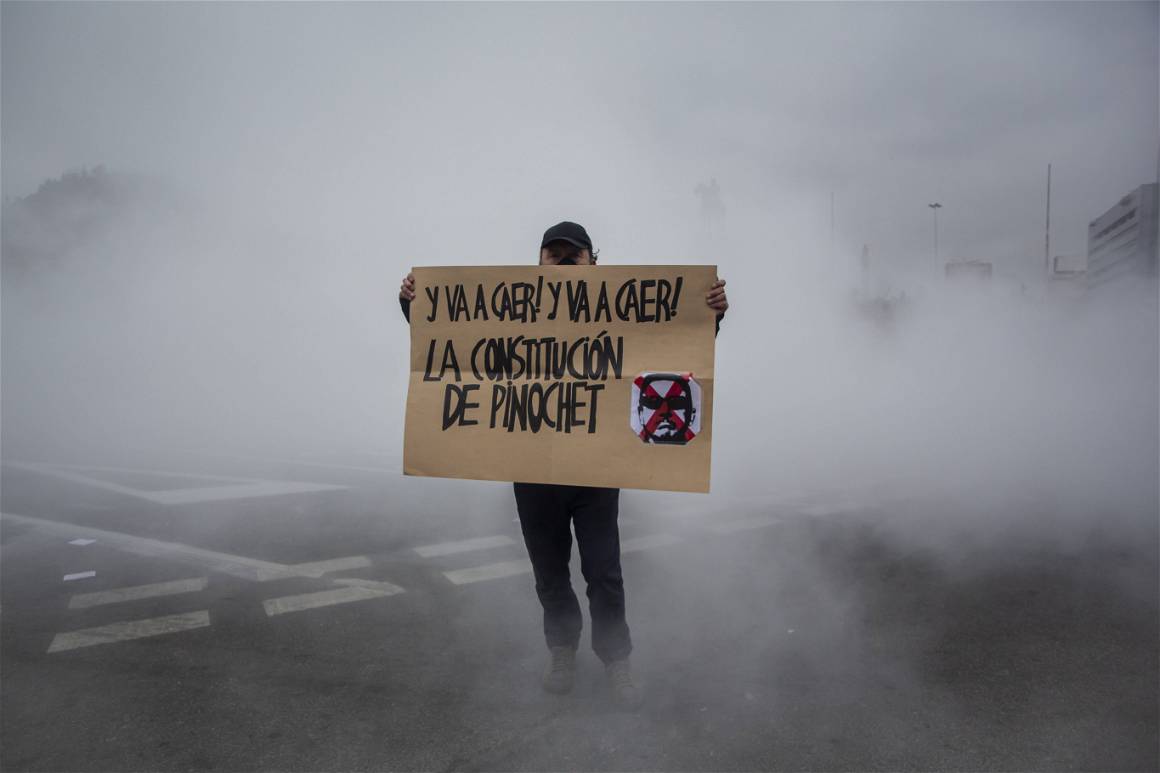
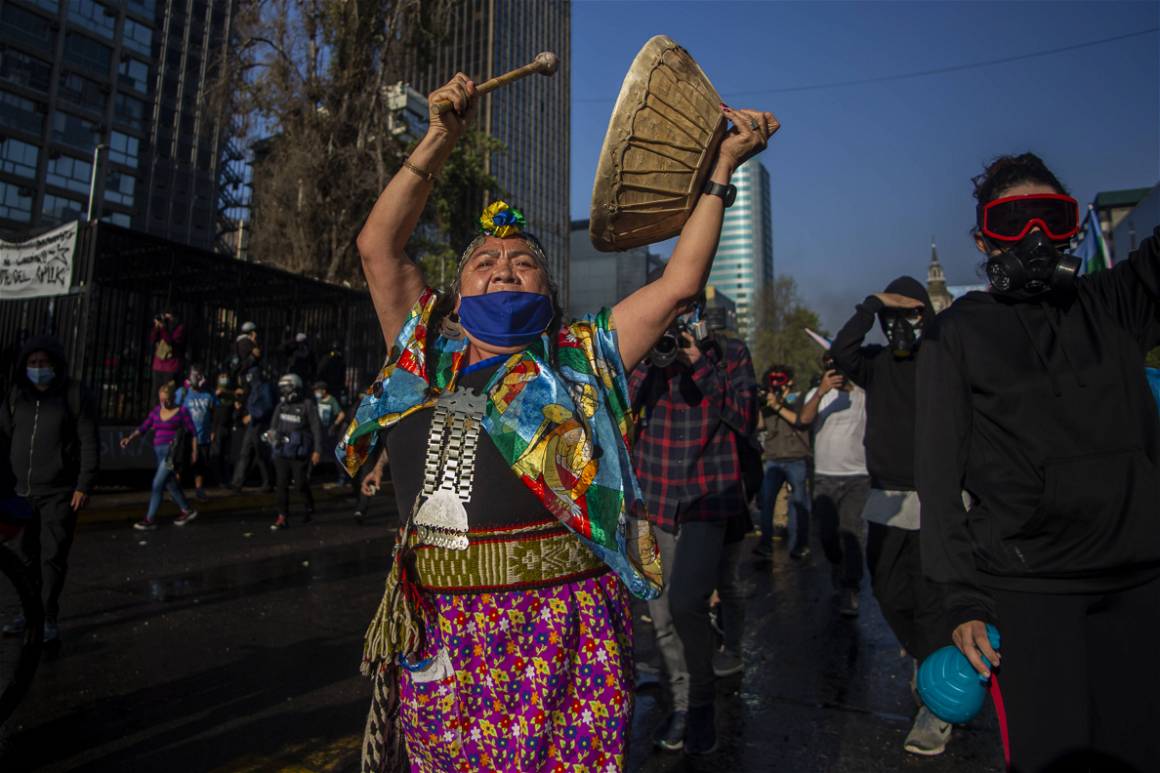
Santiago, Chile-based Claudio Abarca Sandoval works visually on various topics of social interest and news relevance. Covering diverse topics from news, social conflicts and human rights.
See other IMAGO photo collections from Chile here.


